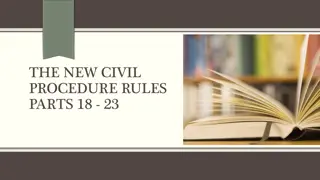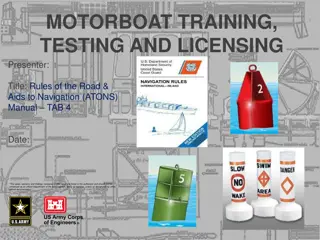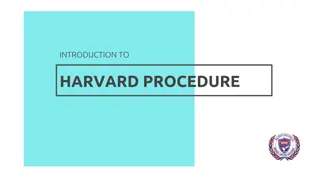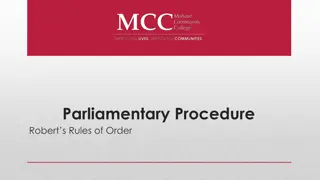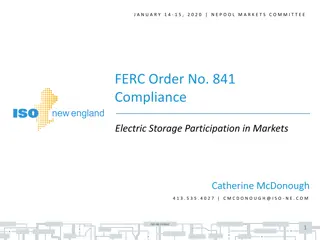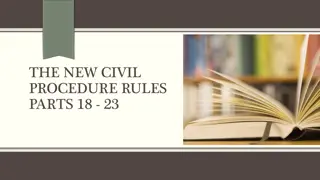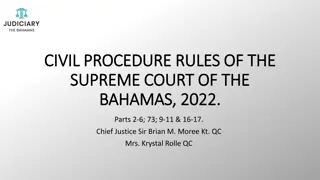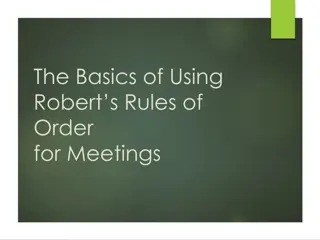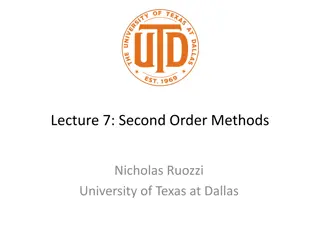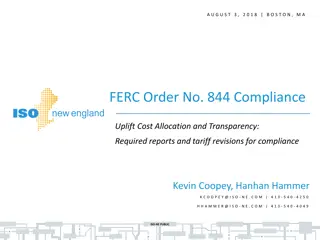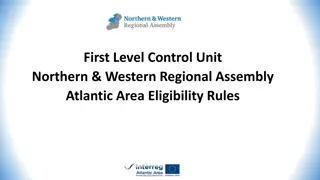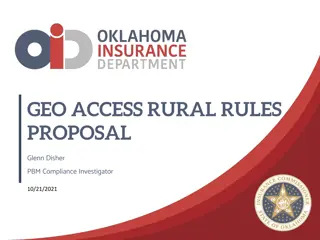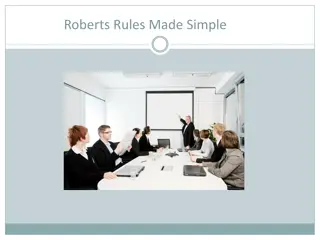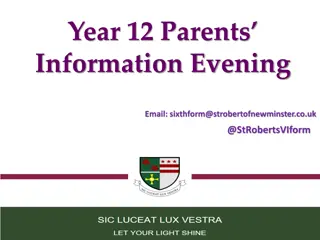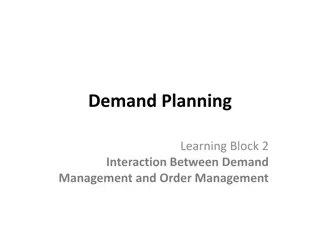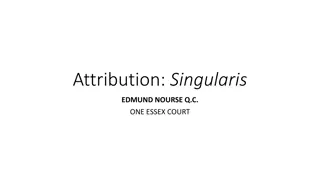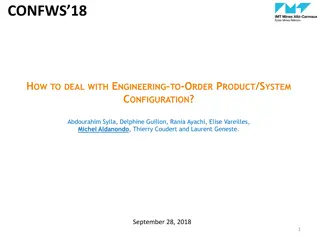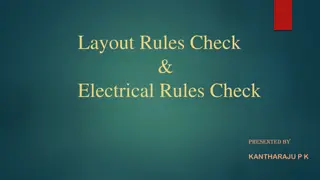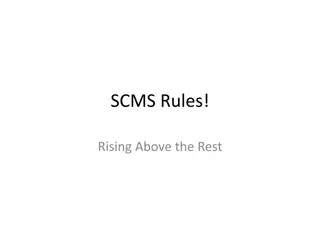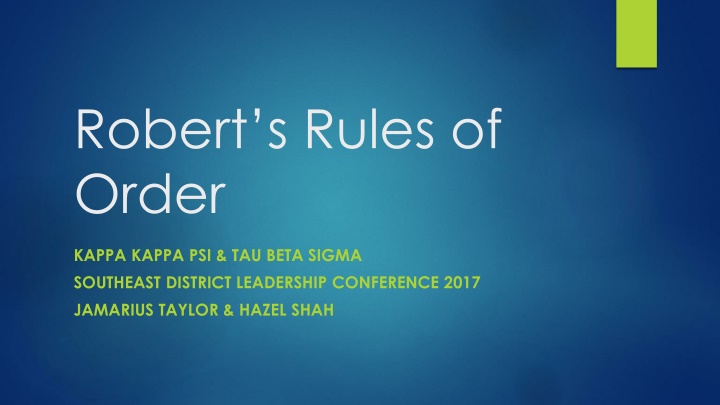
Roberts Rules of Order - Effective Meeting Management
Discover the significance of Roberts Rules of Order in maximizing meeting efficiency and ensuring fair participation. Learn about the key principles, roles, vocab, and processes involved in utilizing these rules effectively.
Download Presentation

Please find below an Image/Link to download the presentation.
The content on the website is provided AS IS for your information and personal use only. It may not be sold, licensed, or shared on other websites without obtaining consent from the author. If you encounter any issues during the download, it is possible that the publisher has removed the file from their server.
You are allowed to download the files provided on this website for personal or commercial use, subject to the condition that they are used lawfully. All files are the property of their respective owners.
The content on the website is provided AS IS for your information and personal use only. It may not be sold, licensed, or shared on other websites without obtaining consent from the author.
E N D
Presentation Transcript
Roberts Rules of Order KAPPA KAPPA PSI & TAU BETA SIGMA SOUTHEAST DISTRICT LEADERSHIP CONFERENCE 2017 JAMARIUS TAYLOR & HAZEL SHAH
Whos Robert Who is Robert, anyway? Henry Martyn Robert, retired U.S. Army brigadier general saw issues in conducting official business. First published in 1876, Robert spent 176 pages outlining the rules. Obviously, the rules caught on and now Robert s Rules of Order, Newly Revised, 10thedition contains 643 pages.
Purpose of Roberts Rules To run meetings more efficiently To protect everyone's ability to be heard To protect everyone's ability to vote
The Chair In charge of running meetings efficiently Assigning the floor Approving or not approving things brought to the floor for whatever reason
Vocab What it means How to say it Motion Adjourn End the meeting Motion to close Amend Change wording I move that we amend motion on the floor by I move that we limit discussion to x minutes I move to the previous question I call the question I move that we vote by secret ballot Limit/Extend Debate Limit/Extend discussion Previous Question End debate Vote by secret ballot Keeps specific results secret Point of Personal Privilege Can t hear, water, bathroom, need something, etc. Short question for speaker motion for recess Could we Point of information Point of Information Second This is important enough to discuss *raise of hand Postpone To pick this issue up at a later time I motion to postpone X until Y Motion Objection to a question Introduce business We really shouldn t be discussing this I motion we I object to the consideration of this question Unanimous consent Cut and dry shouldn t require full procedure I motion to approve x by acclamation
Motions Making Motions The method used by members to express themselves A proposal that the entire membership take action or a stand on an issue Members can: 1. Call to order 2. Second motions 3. Debate motions 4. Vote on motions
Motions A call to action Can be to request things A request to vote on something A request to change something A request to approve something Phrases Motion to I move that we
Discussion After a motion is made and seconded, discussion follows. Here all opinions and grievances should be made known Try and keep all things said new and germane to the motion at hand During this discussion you are allowed privileges Point of information- I have a question about the motion Point of clarification (direct response) I would like to answer this question If questioning and answering becomes redundant or off topic you may call the question Request to vote Upon passing with super majority it is time to vote
Voting Method of voting on a motion depends on situation and the by-laws Three common methods of voting: 1. By voice: those in favor say aye , those opposed say no Any member may move for exact count 2. By roll call: each member answers yes or no when name called used to keep record of each vote 3. By ballot: members write vote on slip of paper used for secrecy
Voting How to vote: In favor I approve of this Opposed I do not approve of this Abstentions I have moral obligation not to vote on this (probably because I am dating it) Majority +1 for general votes Super majority 2/3 vote for people

